I have these circuits:
 Their goal is to protect the +vcc and -vcc pins of an opamp. They limit the voltage to +30 V (-30 V) and 25 mA in normal conditons.
Their goal is to protect the +vcc and -vcc pins of an opamp. They limit the voltage to +30 V (-30 V) and 25 mA in normal conditons.
The 1200 ohm resistors act like 25 mA load at 30 V.
When there is a short on one rail, this circuit drops the Vout voltage. Which means that the supply isn't "symetric" anymore. And i don't think thats good ( more about that here and here). So what I would like is that when a short happens on one rail the other one is also shutdown until the fault is adressed and cleared. I was thinking of some sort of voltage monitor that would trigger a BJT or MOSFET on one rail when the votlage on the other rail is not high enough. But the negative rail makes thing a bit more complicated for me.